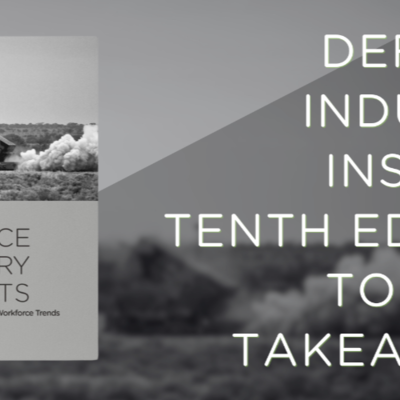
Your mum thinks you are extraordinary, your friends think you wonderful, and (hopefully) you think your magnificent too. But that doesn’t mean a potential employer automatically will. Heck, they probably don’t know you from a bar of soap.
That’s why communicating who you are, your experience and what you can bring to an organisation is the most vital aspect of any job search.
Whether it’s during an interview, in a cover letter you need to make sure to express yourself clearly. This is particularly important when addressing selection criteria as part of the application process, such as for APS jobs or RFQs. When assessing candidates, many managers hire based on allocated points for fulfilling criteria, or even for using aspects of writing structures such as the STAR method.
You may have heard recruiters or professionals talk about this technique – but what on earth is it? It is basically a structured way to formulate a response to something. It’s called the STAR method because doing this makes you look like a star candidate. Just joking. STAR stands for Situation, Task, Action, Result. Basically, each time you need to provide an example demonstrating a skill, experience or competency, break it down into these four components, in this order:
Situation
Set the scene by giving a quick outline of the circumstances you were in.
Examples:
- The accident rate during the last set of field exercises was too high
- One of your employees was not performing to the standards they were previously
Task
Outline your role in the situation and what you had to do.
Example:
- You were tasked to reduce the accident rate but still provide realistic training for the troops
- For the benefit of your team, you had to find out why their performance was flagging and resolve any issues
Action
State the specific actions that you took to fulfil the task.
Example:
- You set up a team to review initial training and the currency of instructors and the documentation upon which their lessons are based
- You organised an informal sit down with the employee to touch base, discuss any issues and deduce whether it was a skill deficiency or a personal concern
Result
Describe the outcome (in a positive light if your aim is to look good).
Example:
- During proceeding exercises, the accident rate was reduced 50% and the unit was awarded a commendation for efficiency in the field
- You discovered that your employee was feeling unsatisfied in their current role, which had remained the same for 3 years. You worked closely with them to formulate a professional development plan and transition them to a more fulfilling role.
This method is a tried and true method used across all industries and it will serve you well no matter what the question. Keep in mind, if you are using it for a face to face interview, you will need to prepare in advance and practice communicating in this structured way.
If you need more insight on how to make the most of your job search, check out some of our other resources here.





.jpg)